Why the Settings app is Microsoft's biggest failure in years
If you spend a lot of time fiddling with network adapters on your Windows laptop, it means you're forced to use the Windows Settings app much more often than you'd like.
After hours of struggling, many people finally realized one thing: They didn't just dislike the Settings app, they actually hated it.
7. Settings app is very slow
For a billion dollar tech company, when it comes to redoing something it built nearly 20 years ago, people generally expect the results to be at least better. That's the point of progress. Even if there aren't any new features, you'd think it would at least be faster or at least not worse. Right?

Apparently not. Take a look at the GIF below. You can clearly see the delay between when the author clicks to switch tabs, when the accent color highlights the new tab, and when the content actually loads. This delay is especially noticeable in the Accounts section .
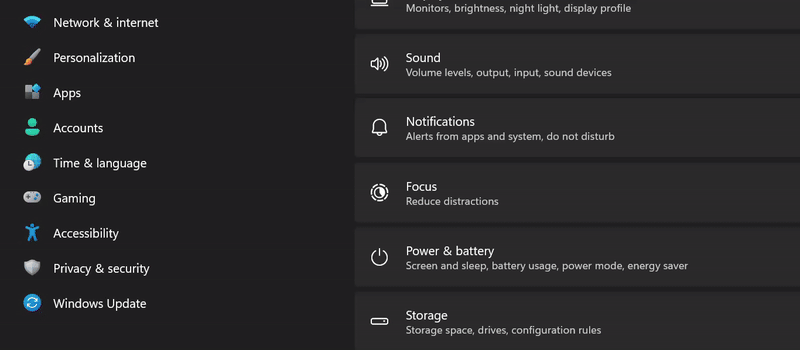
6. The Settings app forces you to play by Microsoft's rules
Remember how easy it was to create a new user account in the Control Panel? Now try setting up an offline account using the Settings app. You'll be taken through a series of nonsensical screens. First, you have to actually find the settings page to add a new account.
Then you click Add account . You will then see the Just a moment pop-up window . After waiting, you have to admit that you don't have a Microsoft account. Again, you have to hit Just a moment . Next, it tries to pressure you into creating a Microsoft account. Say no a second time and you are greeted with Just a moment again before seeing the basic fields for setting up a local account.
It's all because Microsoft can't stand the idea of you using Windows without being plugged into their ecosystem. If you're stubborn enough to want a simple local account, Microsoft will force you to jump through as many hoops as possible just to get there.
5. The Settings app has a terrible interface
The first thing you notice about the Settings app, compared to the Control Panel, is the sheer amount of wasted space. Everything is stretched out, nothing is next to each other, and every little option has its own new line. The sidebar tabs are unclear and grouped haphazardly, making navigation more confusing than it needs to be.
For some reason, clicking on any setting usually takes you to a completely new page, even though the information could be displayed on the same screen. But no, Microsoft wants to give you more white space.
The Other Users screen, where you can add another account, is basically a giant monument to wasted pixels. Just look at all the empty space in the screenshot below.
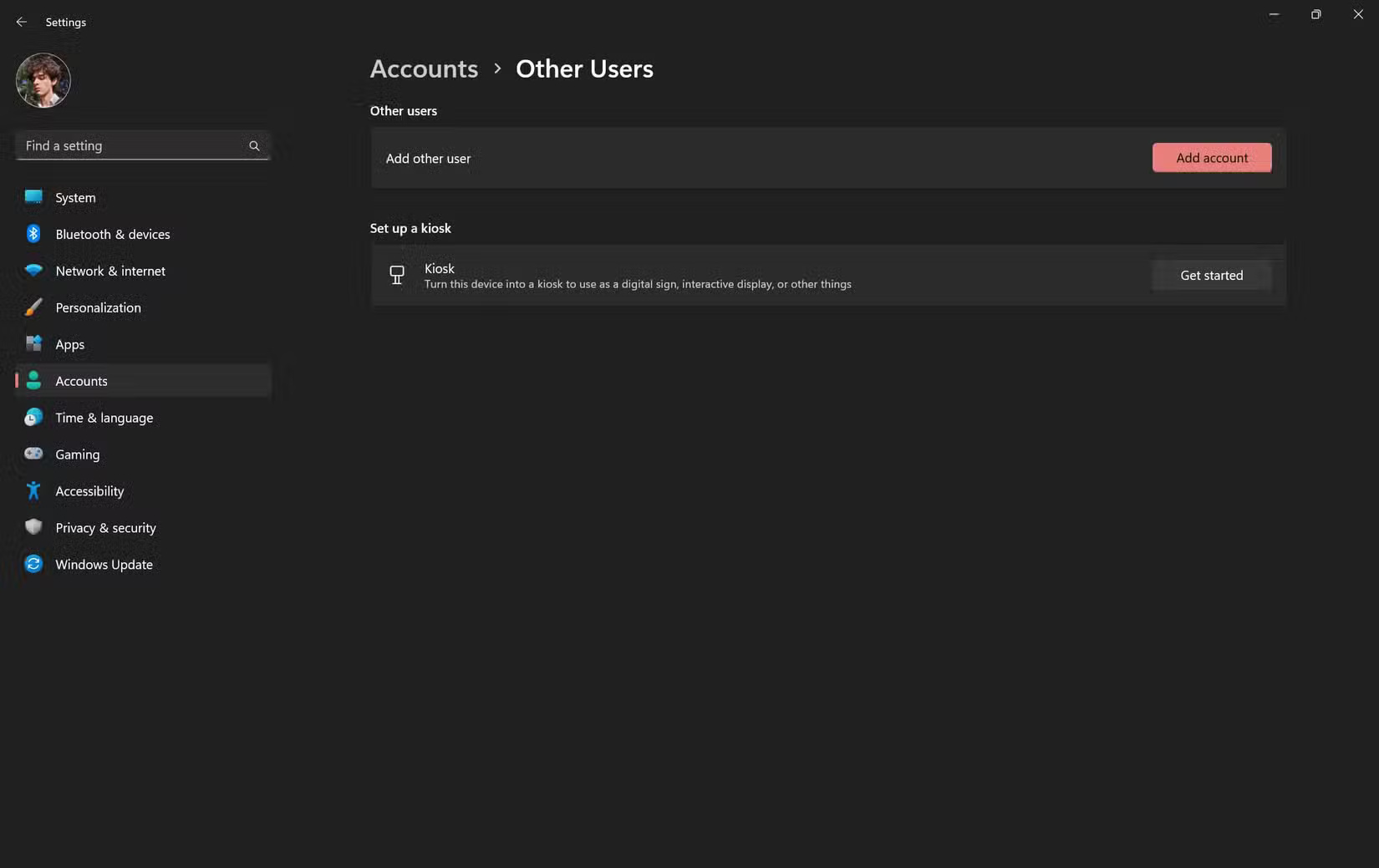
4. Cannot open 2 Settings windows at the same time
The Windows Settings app only allows one window to be open at a time. If you want to compare two separate sections side by side, that's bad. Need to switch between network settings and display settings while troubleshooting? Prepare to play endlessly back and forth in a single window.
If you keep checking your network adapter, you should always have Settings open. But if you accidentally tap anything else that launches the Settings app, even from a notification or quick action, whatever page you were on disappears. You're taken somewhere else in the app, then have to go through the maze again to get back to where you needed to be.
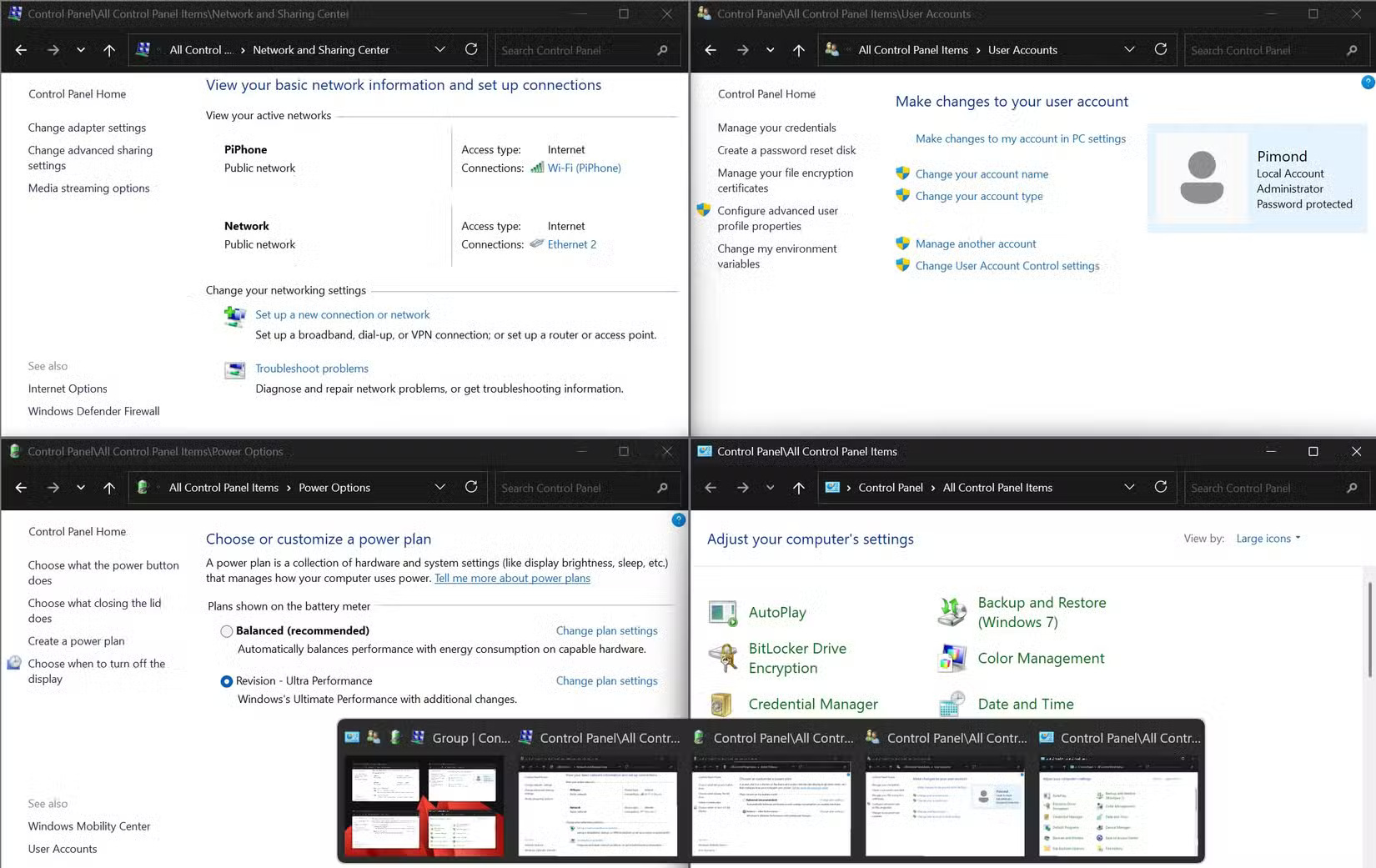
3. The Settings app is a work in progress
Microsoft is hellbent on forcing the Settings app on everyone. Right-click on almost anything and it will launch you straight into Settings instead of the old Control Panel. It's clear that Microsoft wants us to believe that Settings is better. After all, why would Microsoft push it on us if it wasn't a better option? They have to know what's best for users, right?
Wrong! Windows 11 's Settings app is, hands down, the most half-baked and incomplete app built into Windows. Don't believe me? Try adding a second time zone to your taskbar. Go to Settings > Time & language > Date & time , then click Additional clocks . You'll be taken straight to the Control Panel app, which is 2005-era.
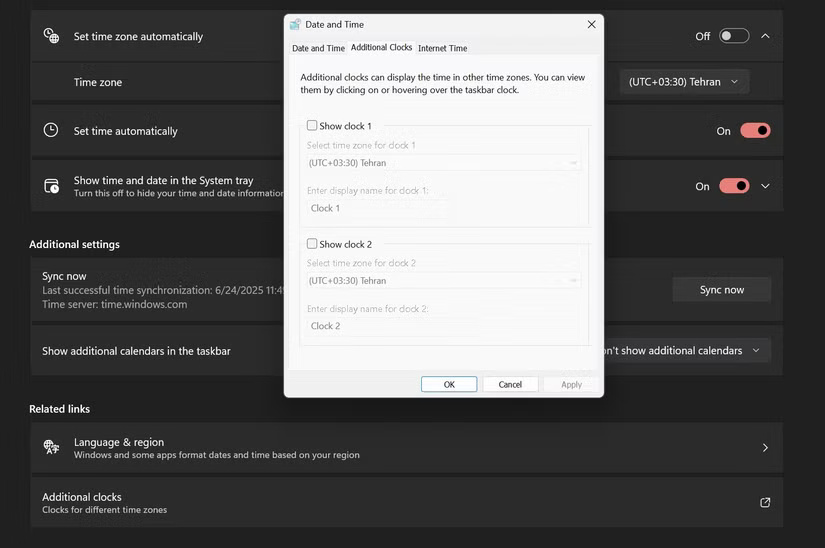
2. The Settings app is breaking the Control Panel
If you like Control Panel, then use Control Panel . And anyone who likes the Settings app can use that instead. Each to their own, right?
But Microsoft won't let that happen. Try creating a new user account using the classic Control Panel, and you'll be pulled straight into the Settings app, whether you like it or not. It's an absurd and awkward cycle: Microsoft keeps removing features from the Control Panel and sending you to Settings. And once you're in the Settings app, it sends you back to the Control Panel to do anything advanced.

1. The Settings app summarizes everything wrong with Windows
The mess that is the Windows Settings app perfectly captures the direction Microsoft has taken Windows over the past decade: Mandatory updates that break or replace working features with simplified, incomplete versions; an obsession with 'modern' design that just means more padding and less information; and, above all, a strange crusade to turn Windows into a tablet OS.
Seriously, it seems like Microsoft is reading some alternative reality analysis that says 90% of tablets run Windows. Otherwise, why would they keep optimizing everything for touchscreens? 'Optimizing' is an understatement. It's clear that Microsoft is trying to force Windows to be a tablet OS, and that's at the root of most of the frustrations listed here.
The Control Panel is certainly difficult to navigate on a tablet, but how many touchscreen tablets actually run Windows? Who are they designed for?
Microsoft seems to forget that Windows has always been about power and flexibility for real users, not just touch gestures and simplified user interfaces for some imaginary Surface tablet market. With each new release, we lose a little bit of what makes Windows great. All for an aesthetic that feels like it was designed for a different device, a different era.
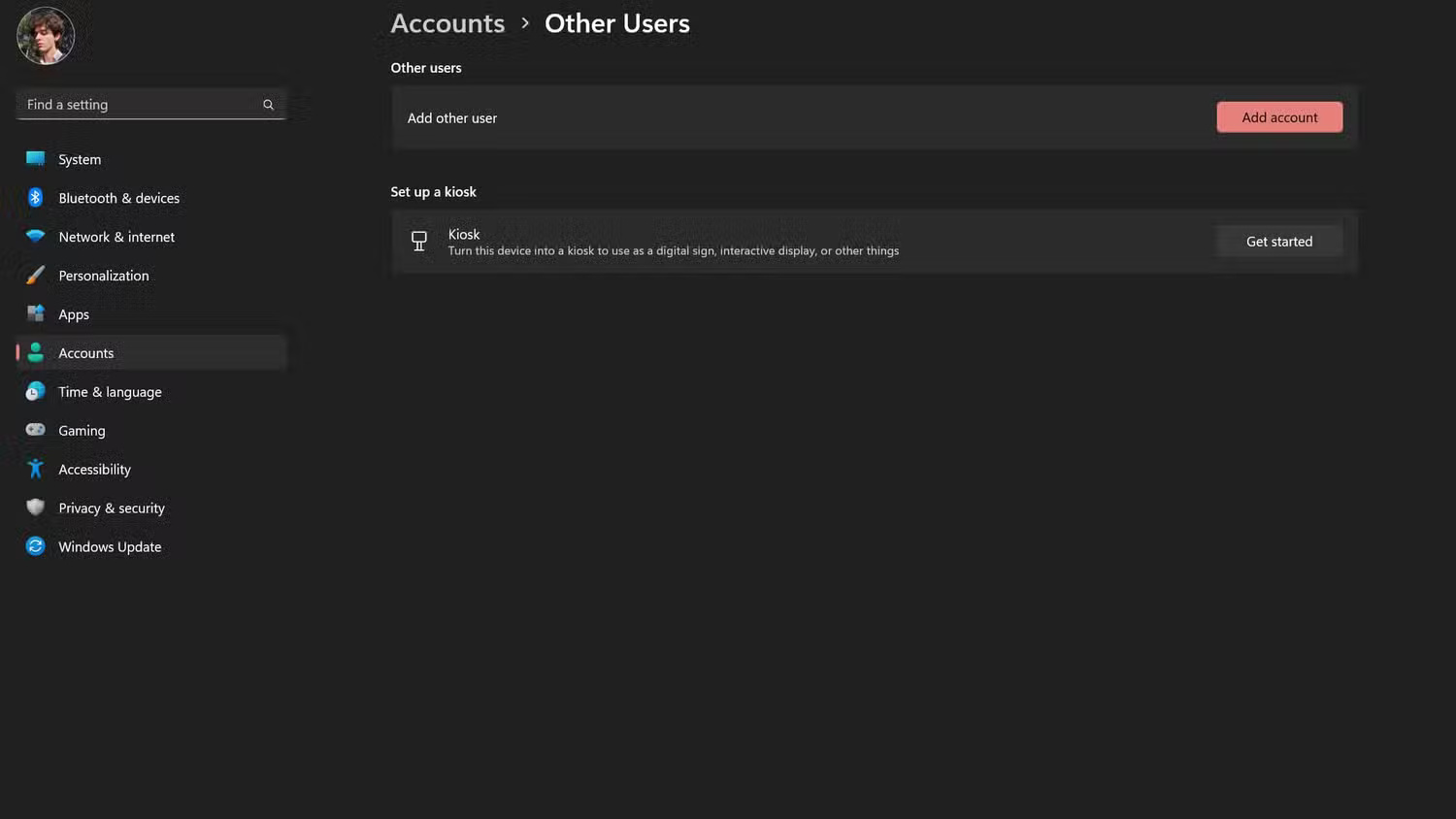

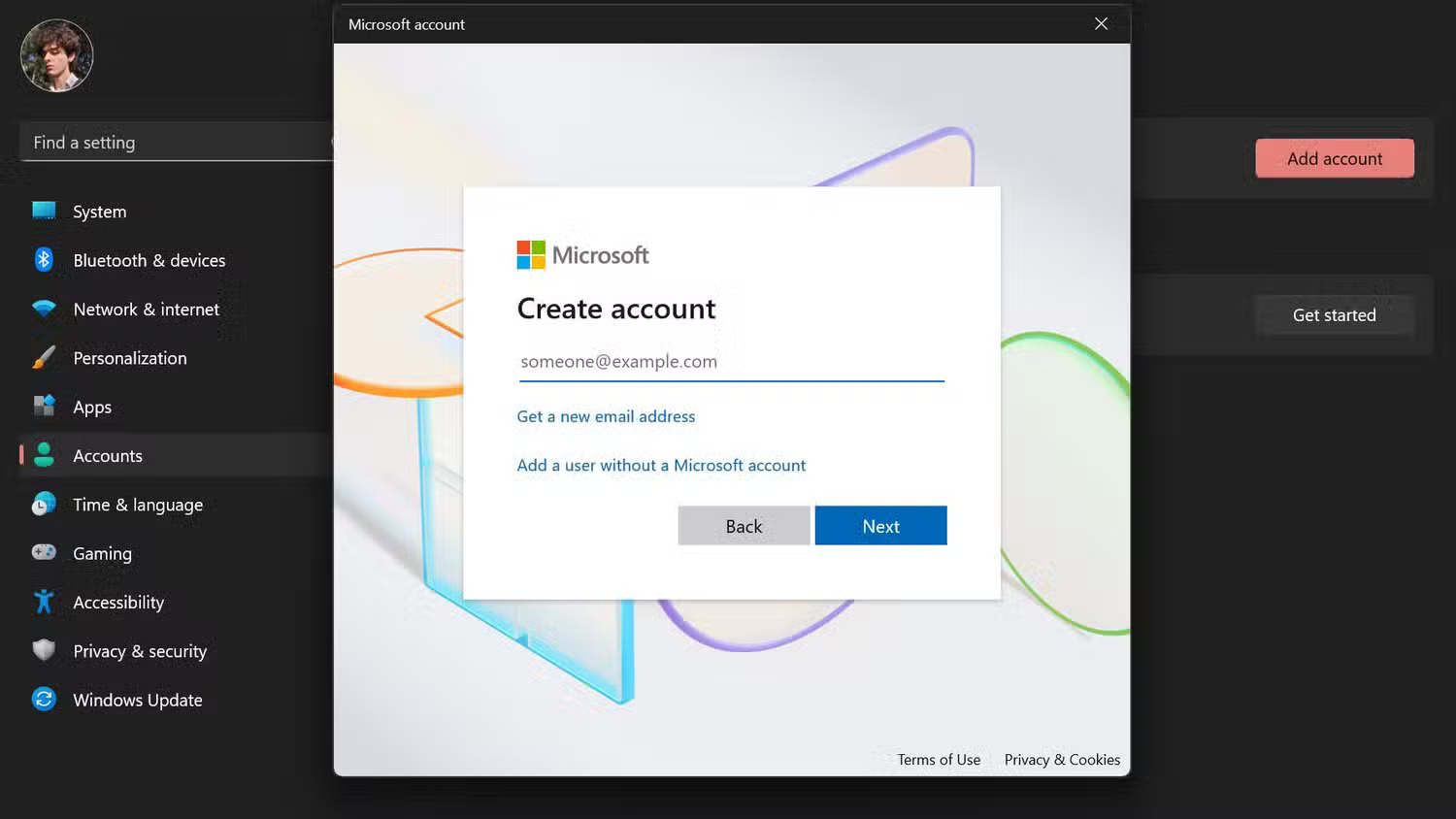


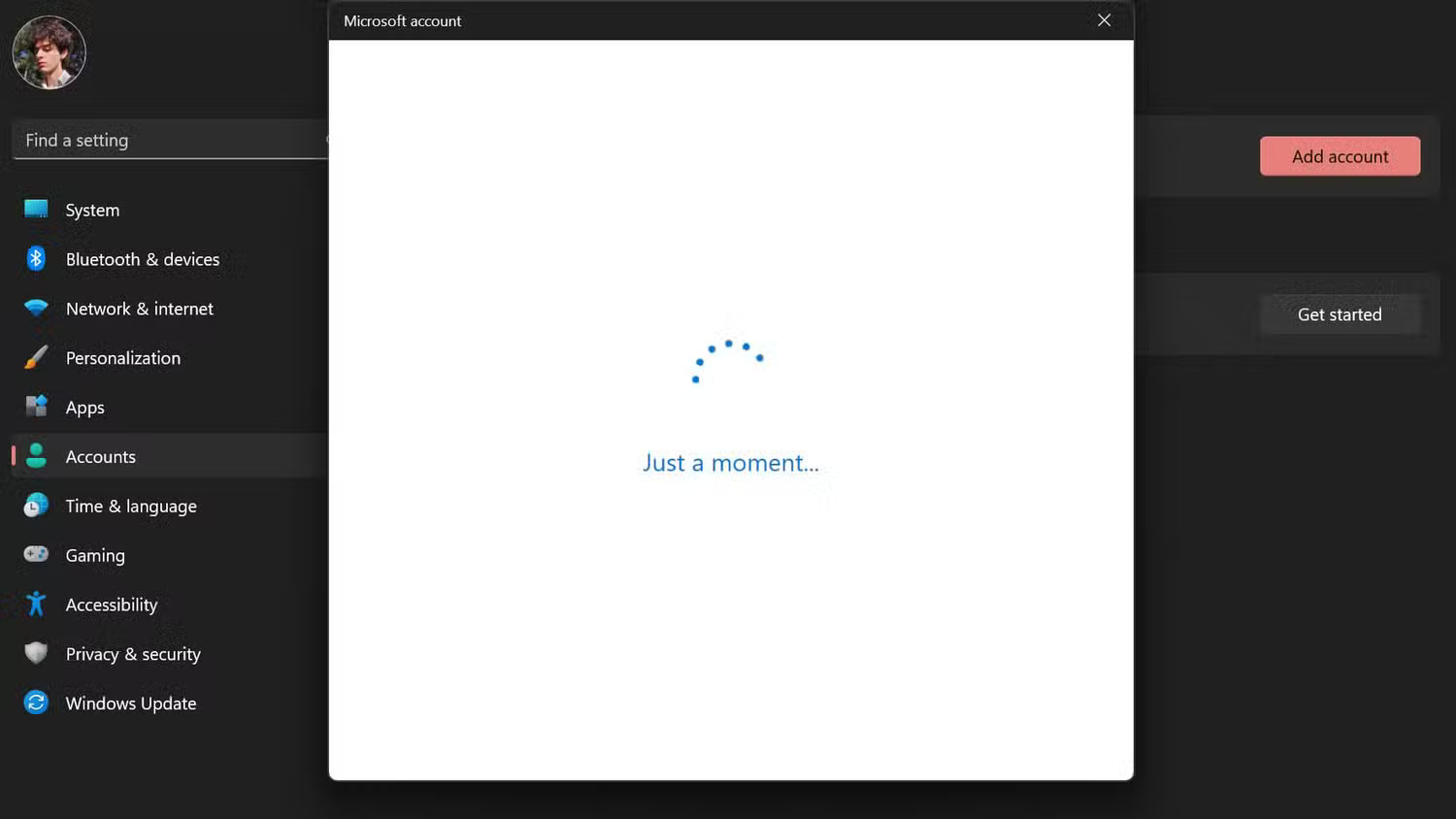
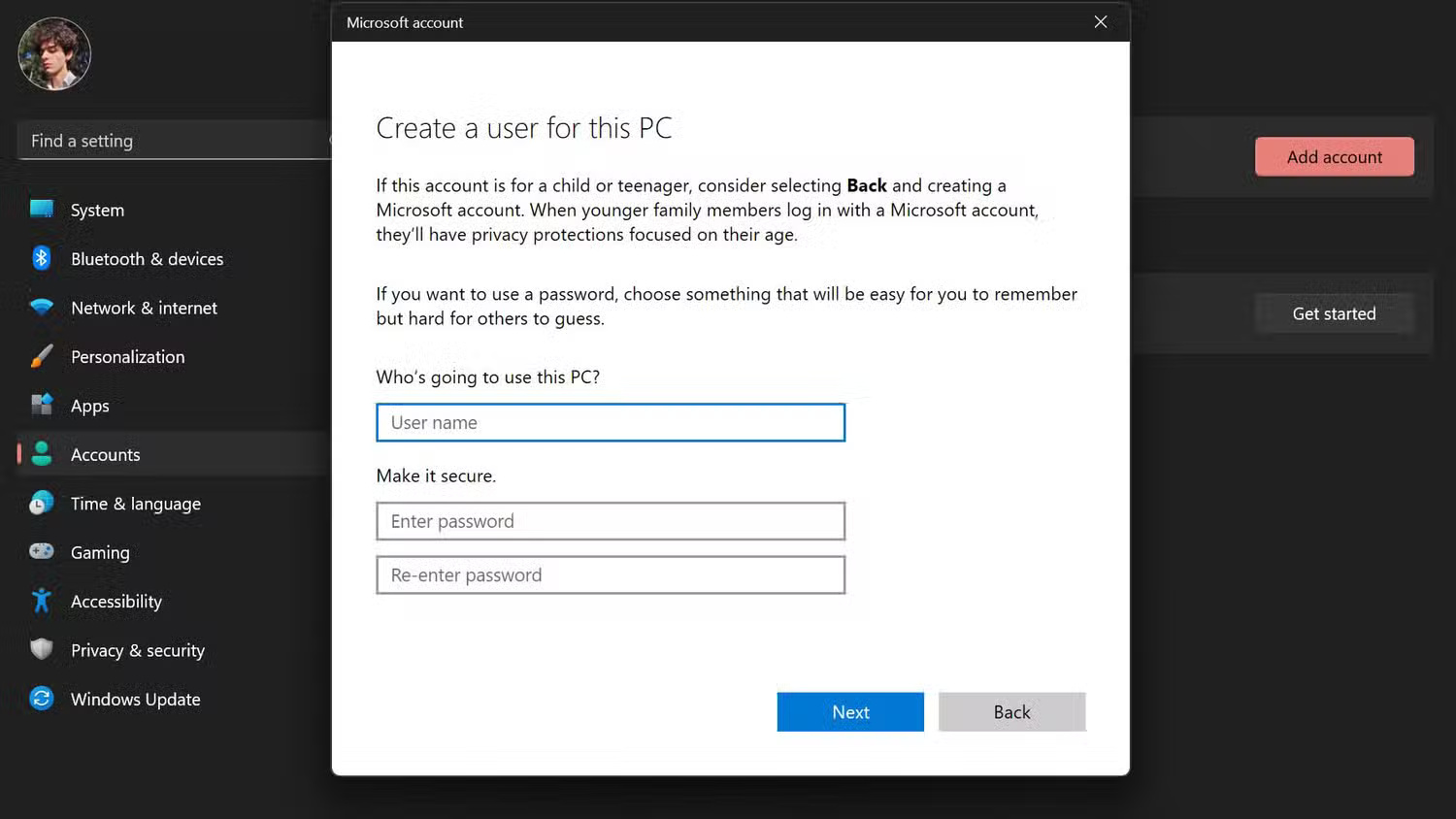
 Essential Mods That Make Windows 11 More Useful
Essential Mods That Make Windows 11 More Useful Don't click on this old Discord invite link! It could be malware!
Don't click on this old Discord invite link! It could be malware! Top software to show hidden files in USB you should not miss
Top software to show hidden files in USB you should not miss Learn About Windows Maintenance Tool: Free Tool That Solves the Most Common Windows Problems Easily
Learn About Windows Maintenance Tool: Free Tool That Solves the Most Common Windows Problems Easily How to Take Advantage of the Performance Tab in Task Manager
How to Take Advantage of the Performance Tab in Task Manager Microsoft: Windows 10 ESU works even if Windows 11 is not supported
Microsoft: Windows 10 ESU works even if Windows 11 is not supported